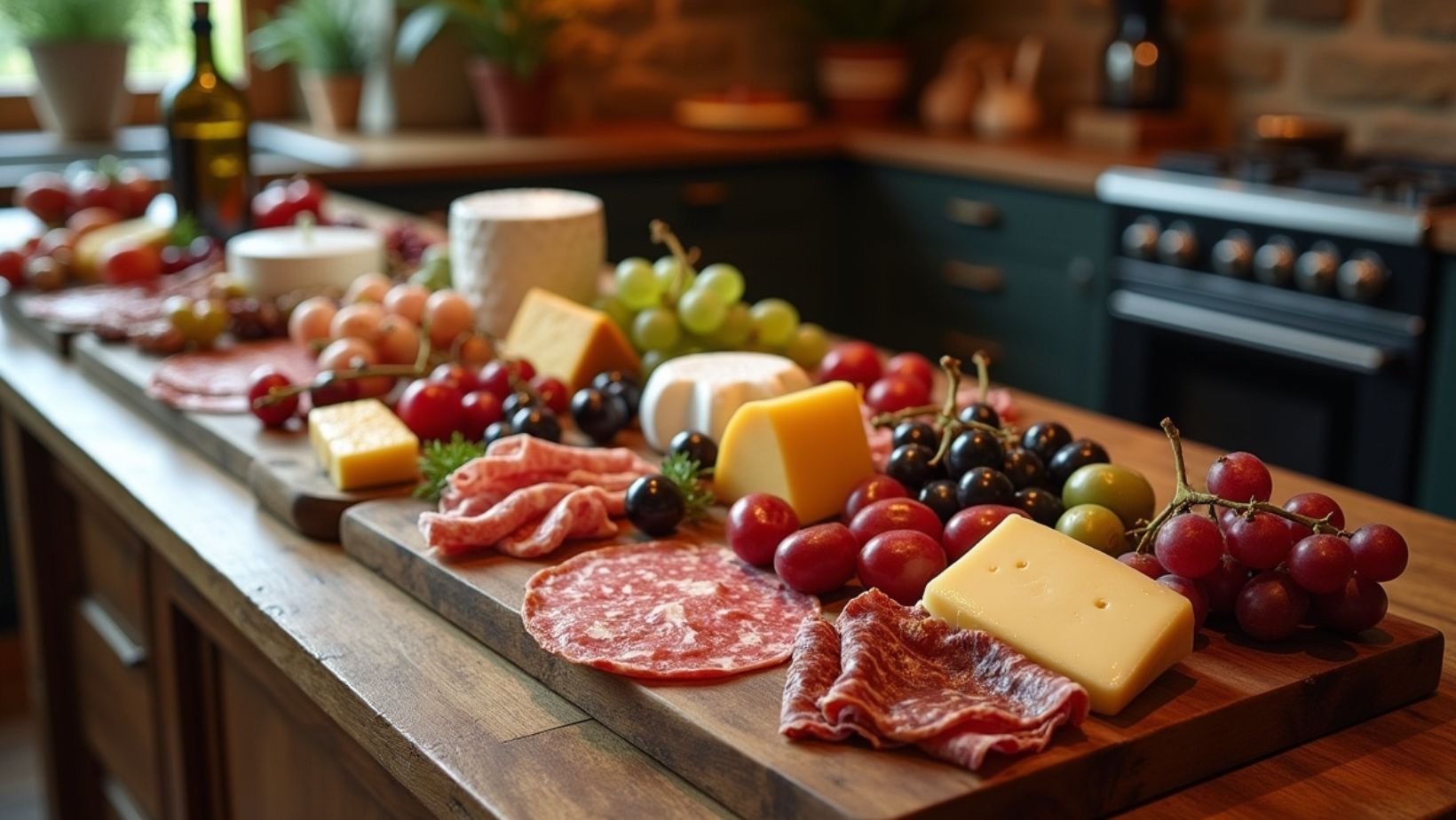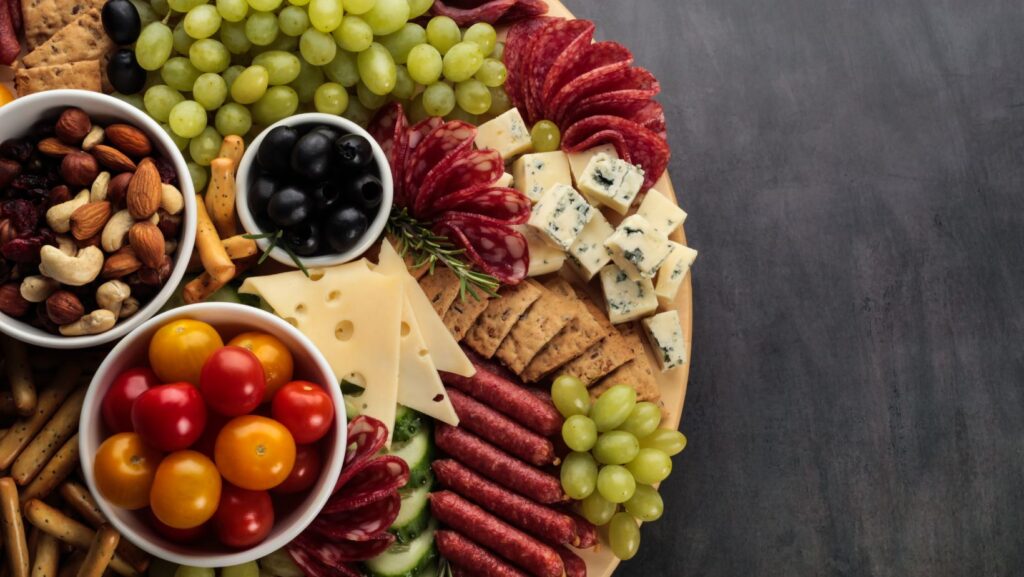Charcuterie That Tells a Story: Build a Board Around Pâté

A beautiful board isn’t a heap—it’s a narrative with pacing. You open bright, glide into silk, reset with sweet-tart, and close on depth and crunch. Keep that arc in mind, and even a compact spread feels composed and rarefied.
Choose a centerpiece that slices like a dream; for foie-forward or rustic terrines in party-ready formats, explore patte. Then diversify texture with a curated mix of pâtés, mousses, and rillettes from meats for charcuterie board so each bite feels new.
The “spark → silk → reset → depth” framework
- Spark & salt: Radishes with butter & flaky salt, cornichons, a dab of sharp mustard.
- Silk: Hero pâté or mousse on warm toast; small portion, quiet bite.
- Reset: Pickled cherries or a fig condiment to freshen the palate.
- Depth: Nuts, seeded crackers, a richer slice; sip; repeat.
Texture mapping (so nothing competes)
- Spreadables: Mousse/rillettes deliver velvet. Serve in small ramekins with separate knives.
- Sliceables: Terrine/pâté for structure; pre-slice to speed the line.
- Crunch: Nuts, crisp breads, endive leaves.
- Juicy/bright: Quick-pickled grapes, citrus segments, marinated celery.
- Herbal lift: Parsley, chives, tarragon—tiny herb mounds wake the palate.
Seasonal sets you can copy
Spring
- Pâté slices; pea shoots; lemon-zest ricotta
- Pickled fennel; young radishes
- Rosé or mineral Sauvignon; NA: cucumber-tonic with dill
Summer
- Tomato confit; basil oil; chilled Gamay
- White peaches; soft herbs; salted butter on thin toast
- Ice-bucket napkins to keep toast crisp
Autumn
- Roasted grapes; apple butter; toasted hazelnuts
- Jura-style Chardonnay; NA: spiced black-tea spritz
- Frisée with walnut vinaigrette
Winter
- Orange-clove marmalade; endive cups; warm baguette
- Plush Pinot or light Rhône blend; NA: verjus spritz with rosemary
- Warm olives for a salty counterpoint
Layout logic that keeps traffic flowing
- Place the hero slightly off-center; negative space signals intention.
- Two “on-ramps”: breads on the left, pickles on the right; people form natural loops.
- Wet items in jars (save the crackers).
- Vary height with stacked toast and herb mounds; the board reads like a landscape.
Purchase just enough (and the right mix)
- Sliceable hero: 2–3 oz per person on mixed boards
- Spreadables: 1–1.5 oz per person across varieties
- Bread/crackers: 4–6 pieces per person
- Pickles/condiments: 2–3 tbsp per person total

Five fast condiments that always land
- Cherry mostarda: Cherry jam + Dijon + cider vinegar.
- Shallot relish: Minced shallot, red wine vinegar, sugar, pinch salt; rest 10 minutes.
- Herb oil: Parsley/chives/EVOO/zest/salt; drizzle, don’t drown.
- Mustard trio: Smooth, whole-grain, tarragon.
- Citrus salt: Zest + flaky salt + a touch of sugar.
Travel, refill, and next-day plans
- Travel: Pre-slice the hero; interleave parchment; assemble on site in three minutes.
- Refill: Keep a “shadow board” in the kitchen to refresh without disrupting design.
- Leftovers:
- Bistro tartine: mustard, hero slice, frisée.
- Endive salad with apple, walnut, shards of pâté, sharp vinaigrette.
- Parsley omelet folded around tiny pâté cubes and chives.
Drinks That Knit it Together
- Bubbles: Extra-brut Champagne / quality crémant.
- Still whites: Savory Chardonnay; textured Chenin.
- Chillable reds: Gamay, Trousseau, Pineau d’Aunis.
- Zero-proof: White-tea tonic, verjus soda, sparkling apple must.
Curate one hero, set a path with texture and brightness, and your board becomes a story guests want to follow. It scales from date night to a dozen friends without changing the fundamentals—just the slice counts and the sparkle in the glasses.




